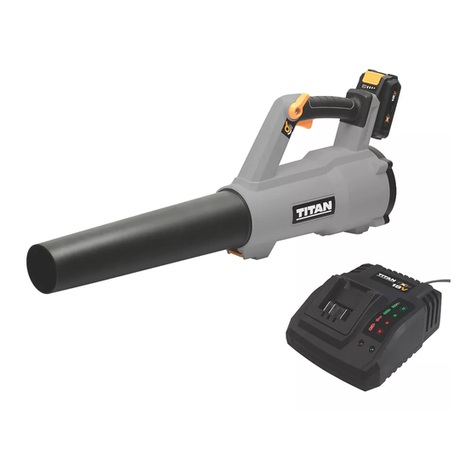General Safety Information
6. INSPECTION, SERVICE & MAINTENANCE..................................................................................35
6.1. INSPECTION,SERVICE &MAINTENANCE SUMMARY CHARTS..............................................................35
6.2. INSPECTION AND SERVICE INSTRUCTIONS ........................................................................................36
6.2.1. Axle Bolts, Frame, Suspension, & Structure.........................................................................36
6.2.2. Trailer Structure ....................................................................................................................37
6.2.3. Trailer Brakes........................................................................................................................37
6.2.4. Trailer Connection to Tow Vehicle ........................................................................................39
6.2.5. Trailer Jack ...........................................................................................................................40
6.2.6. Lights and Signals.................................................................................................................40
6.2.7. Tires ......................................................................................................................................40
6.2.8. Wheel Rims...........................................................................................................................41
6.2.9. Wheels, Bearings and Lug Nuts ...........................................................................................41
6.3. MAINTENANCE GUIDELINES PERTAINING TO VACUUM EQUIPMENT .................................44
6.3.1. CAPICITIES & SPECIFICATIONS........................................................................................44
6.3.2. INITIAL SERVICING & BREAK-IN........................................................................................44
6.3.3. LIST OF SUPPLEMENTAL MANUALS ................................................................................44
6.3.4. ENGINE SERVICE ...............................................................................................................44
6.3.5. CLUTCH OR FLUID COUPLER SERVICE ..........................................................................45
6.3.6. LUBRICATION......................................................................................................................45
6.3.7. FAN BELT TENSION & ALIGNMENT ..................................................................................45
6.3.8. BELT SHEAVES & ALIGNMENT..........................................................................................46
6.3.9. FAN.......................................................................................................................................47
6.3.10. BLOWER HOUSING LINER REMOVAL ..............................................................................48
6.3.11. SUCTION HOSE...................................................................................................................48
6.3.12. HYDRAULIC SYSTEM (IF EQUIPPED) ...............................................................................48
6.3.13. WETTING SYSTEM (IF EQUIPPED) ...................................................................................48
6.4. ELECTRICAL SYSTEM ...............................................................................................................48
6.4.1. WIRING DIAGRAMS ............................................................................................................48
7. GENERAL OPERATING INSTRUCTIONS.....................................................................................59
7.1. ENGINE RPM...............................................................................................................................59
7.2. HYDRAULIC BOOM OPERATION (IF EQUIPPED).....................................................................59
7.3. HYDRAULIC JACK (IF EQUIPPED).............................................................................................59
7.4. DISCHARGE CHUTE CYLINDER (IF EQUIPPED)......................................................................60
7.5. WETTING SYSTEM (IF EQUIPPED) ...........................................................................................60
7.6. DUAL TONGUE SYSTEM (IF EQUIPPED) ..................................................................................60
8. SUPPLIMENTAL MANUALS..........................................................................................................61
8.1. MARTIN QD BUSHINGS ...................................................................................................................61
8.2. BROWNING FAN BUSHING ...............................................................................................................62
8.3. NACD CLUTCH ..............................................................................................................................64
8.4. TRANS FLUID COUPLER ..................................................................................................................88
8.5. MONARCH POWER UNIT..................................................................................................................95
8.6. BREAK-AWAY SYSTEM....................................................................................................................99
8.7. 4POINT SAFETY HARNESS ...........................................................................................................101
8.8. LIGHTING SYSTEMS ......................................................................................................................102
8.9. WETTING SYSTEM PUMP...............................................................................................................105
9. PART BREAKDOWNS .................................................................................................................110
9.1. CHASSIS ASSEMBLY .....................................................................................................................110
9.2. SEAT WELDMENT ASSEMBLY ........................................................................................................112
9.3. FUEL TANK ASSEMBLY..................................................................................................................114
9.4. TRAILER JACK ASSEMBLIES...........................................................................................................116
9.5. ENGINE BELT DRIVE FAN ASSEMBLY .............................................................................................118
9.6. HYDRAULIC VALVE ASSEMBLY –SOLENOID CONTROLLED LEAF VAC ...............................................120





























